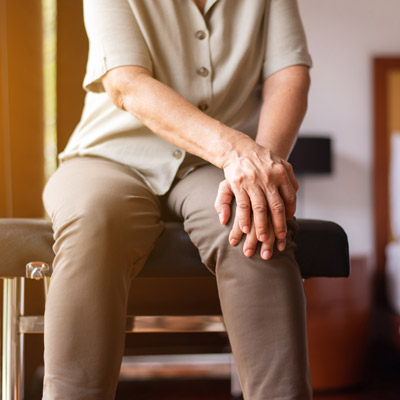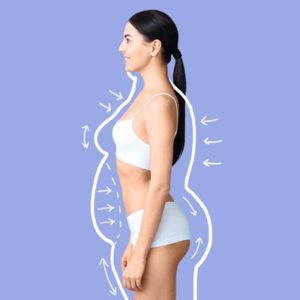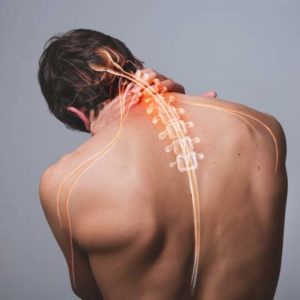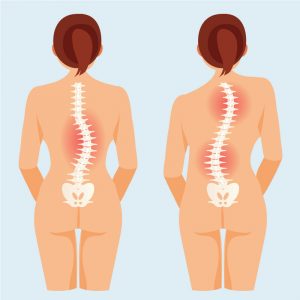Last Modified on July 1, 2024 by Dr. Tyler Meier

As we gracefully age, our bodies undergo dynamic changes. For many seniors, one of the most pressing concerns is the health of their joints, which can be affected by a variety of conditions such as osteoporosis, osteoarthritis, and general wear and tear. In the pursuit of maintaining an active lifestyle, finding effective and holistic approaches to supporting joint health is of paramount importance. Chiropractic BioPhysics® (CBP) offers a unique avenue to bolster the well-being of aging joints.
The Evolution of Chiropractic Care: A Focus on Joint Health
Chiropractic BioPhysics® represents a dynamic shift in traditional chiropractic care, placing significant emphasis on postural correction and spinal alignment. Dr. Tyler Meier, a distinguished expert in CBP, has devoted his career to refining this approach to promote not just pain relief, but also lasting improvements in joint mobility and overall health.
Dr. Meier’s Pioneering Work with Aging Joints
Dr. Meier’s clinic, CorePosture Chiropractic, has witnessed numerous success stories of seniors reclaiming their vitality through CBP. By tailoring treatment to the unique needs of each senior patient, they have seen extraordinary results, from increased flexibility to restored independence.
Understanding Aging Joints and Their Conditions
The Impact of Aging on Joint Health
The natural aging process brings about changes in our musculoskeletal system. Cartilage that cushions the bones wears down, the production of joint lubrication decreases, and bones can become less dense. Consequently, these changes can lead to stiffness, reduced range of motion, and increased susceptibility to injuries and chronic conditions.
Addressing Common Aging Joint Conditions
Aging joints often present a range of symptoms that signal their deteriorating health. Common signs include persistent or intermittent aching pain, stiffness, particularly in the morning or after periods of inactivity, reduced flexibility, and a noticeable decrease in range of motion. Swelling around the joint areas can also be a telltale symptom, indicating inflammation or underlying issues that need attention.
Imagine Jane, a retired school teacher who used to enjoy long, leisurely walks in her local park every morning. Lately, she finds herself struggling to cover even half her usual distance. Mornings bring stiffness in her knees and hips, making it difficult to get out of bed, and the aching pain in her joints persists throughout the day. Initially attributing these symptoms to “just getting older,” Jane soon realizes that they might be indicators of underlying joint health issues when her mobility starts to significantly decline, affecting her daily activities and quality of life. Aging is often associated with specific joint-related ailments, each with its own set of symptoms and challenges.
Osteoporosis
This condition is characterized by a decrease in bone density, making bones more fragile and susceptible to fractures. Spinal health is especially at risk in those with osteoporosis, often leading to a hunched posture and back pain.
Osteoarthritis
Osteoarthritis is the most common form of arthritis, typically affecting the knees, hips, lower back, neck, and small joints of the hands. It is the result of the wearing down of joint cartilage, leading to pain and stiffness.
Arthritis
There are many types of arthritis, and each involves inflammation of one or more joints. Symptoms may include swelling, pain, stiffness, and decreased range of motion.
Joint Replacements
In the realm of treating severe joint deterioration, joint replacements, such as hip and knee replacements, have become increasingly common. These surgeries offer a solution for those whose joints have reached a point where other treatments fail to relieve pain or improve mobility. However, the success of joint replacement surgery doesn’t solely rely on the surgical procedure itself. Post-surgery rehabilitation is crucial for restoring function and improving overall outcome.
This is where Chiropractic BioPhysics® (CBP) can play a significant role. For individuals who have undergone joint replacements, CBP offers a tailored approach to rehabilitation that focuses on restoring proper alignment and balance to the body. The emphasis on spinal alignment and posture can significantly impact the way the body adapts to new joints, ensuring the muscles and ligaments supporting these artificial joints function optimally. By addressing the whole body’s alignment, CBP can alleviate undue stress on the newly replaced joints, enhance mobility, and contribute to a quicker, more effective recovery process. This holistic approach to post-surgery care underlines the importance of not just the mechanical aspects of joint replacement but also the integrated health of the patient’s musculoskeletal system.
Chiropractic BioPhysics®: A Tailored Approach to Joint Health
CBP is not a one-size-fits-all solution. Instead, it involves personalized care plans that take into account the unique spinal and postural deviations of each patient.
Alignment Correction for Joint Relief
Through carefully curated adjustment techniques, CBP aims to realign the spine and correct postural issues that contribute to joint pain. This approach not only alleviates immediate discomfort but also addresses the root cause of the issue, promoting long-term relief.
Strengthening the Body’s Healing Capacity
In conjunction with alignment correction, CBP targets the ways in which the body can naturally heal itself. By creating an optimal environment for healing, patients can experience more significant and sustained improvements in joint health.
Improving Mobility and Flexibility
The techniques employed in CBP can result in significant improvements in joint mobility and flexibility. This is particularly vital for seniors, as enhanced range of motion encourages a more active and independent lifestyle.
Proactive Measures for Maintaining Joint Health
CBP can be used as part of a wider regimen to maintain joint health. There are several proactive approaches that seniors can incorporate into their routine to support their joints.
Appropriate Exercise and Stretching Routines
Regular, low-impact exercises such as swimming, walking, and tai chi can help maintain joint flexibility and strength. Combining these activities with a targeted stretching program can minimize the impact of age-related joint changes.
Nutrition and Supplementation
A balanced diet rich in anti-inflammatory foods, such as fatty fish, nuts, seeds, and colorful fruits and vegetables, can help manage joint pain and support overall health. Supplements like glucosamine and chondroitin may also offer benefits in maintaining joint integrity.
Lifestyle Adjustments
Simple lifestyle changes, such as maintaining a healthy weight, practicing good posture, and using assistive devices when necessary, can go a long way in preserving joint function and preventing degeneration.
Aging Joint Health for Osteoporosis, Arthritis, and More – Newport Beach Chiropractic Care
In an age where joint health is a priority for many seniors, the value of CBP in promoting mobility and minimizing pain cannot be overstated. Dr. Tyler Meier and his team at CorePosture Chiropractic are prime examples of the positive impact that this innovative approach to chiropractic care can have on the aging population. By considering the entire spectrum of joint-related health, seniors can look forward to an active and fulfilling future.

Dr. Tyler Meier is a board-certified, licensed chiropractor and founder of CorePosture Chiropractic in Newport Beach, CA







